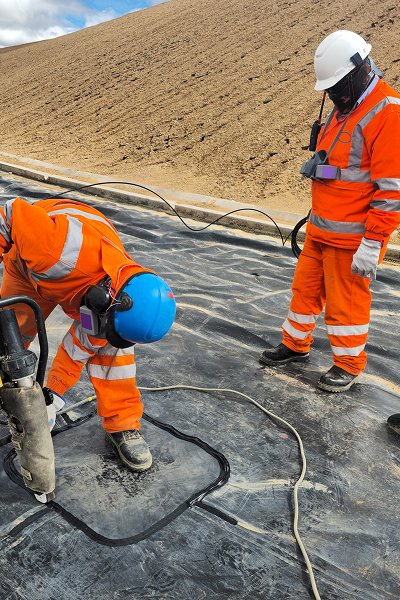-
Geotube
-
Geogrid
-
Nonwoven Geotextile
-
Woven Geotexitle
-
Nonwoven Geo Bag
-
Geosynthetics Clay Liner
-
Anti Grass Cloth
-
Plastic Grass Grid
-
Drainage Board
-
Adjustable Pedestal
-
Composite Geomembrane
-
Tarpaulin
-
Drainage Cell
-
Road Crack Sealing Tape
-
Geographic Grid
-
Geomembrane welding machine
-
Three Dimensional Geomat
-
Composite Geonet
-
Asphalt cold patch
-
HDPE Geocell
-
Geomembrane
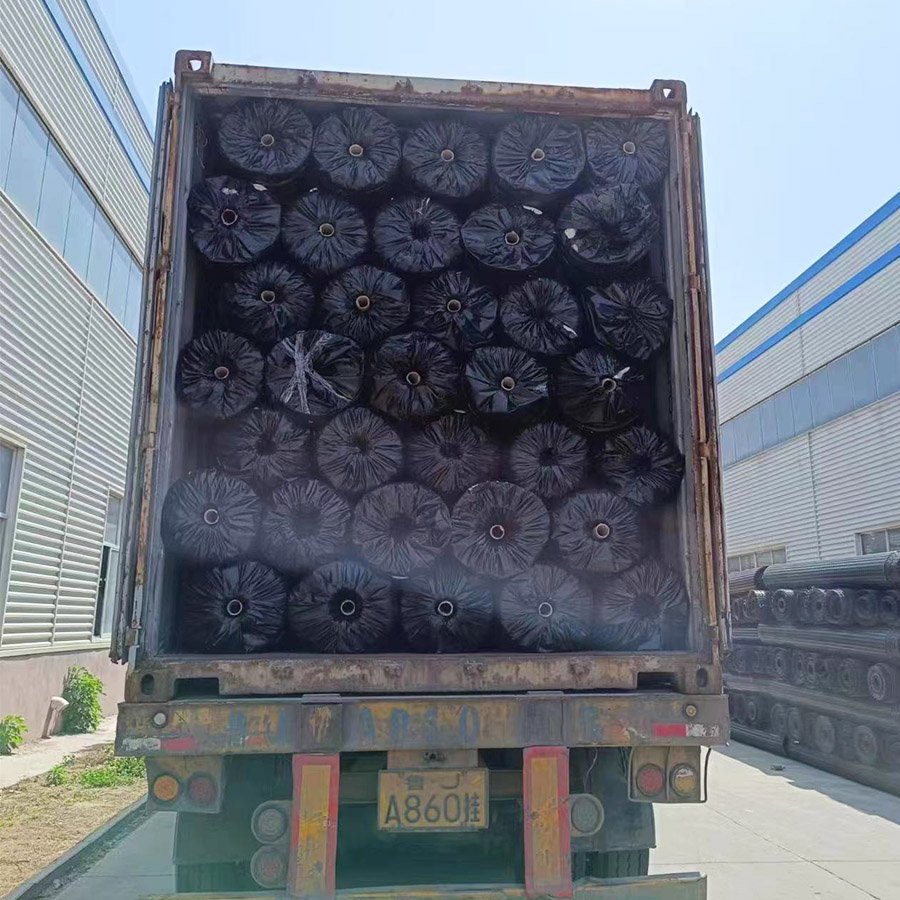
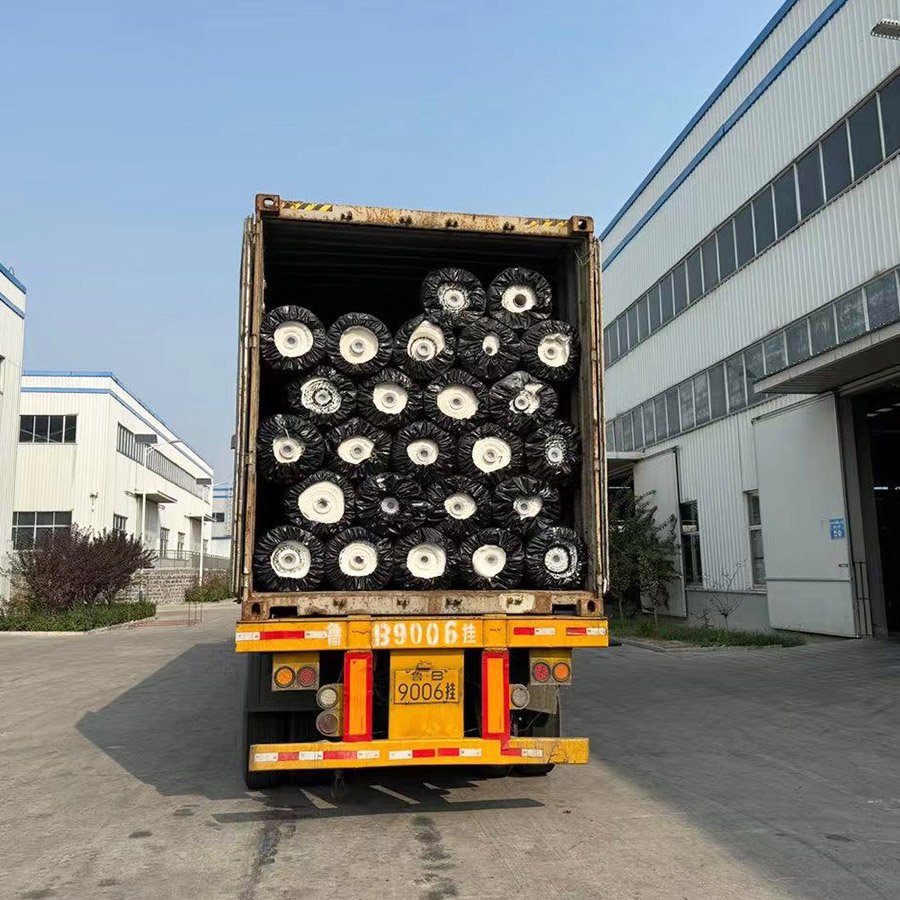
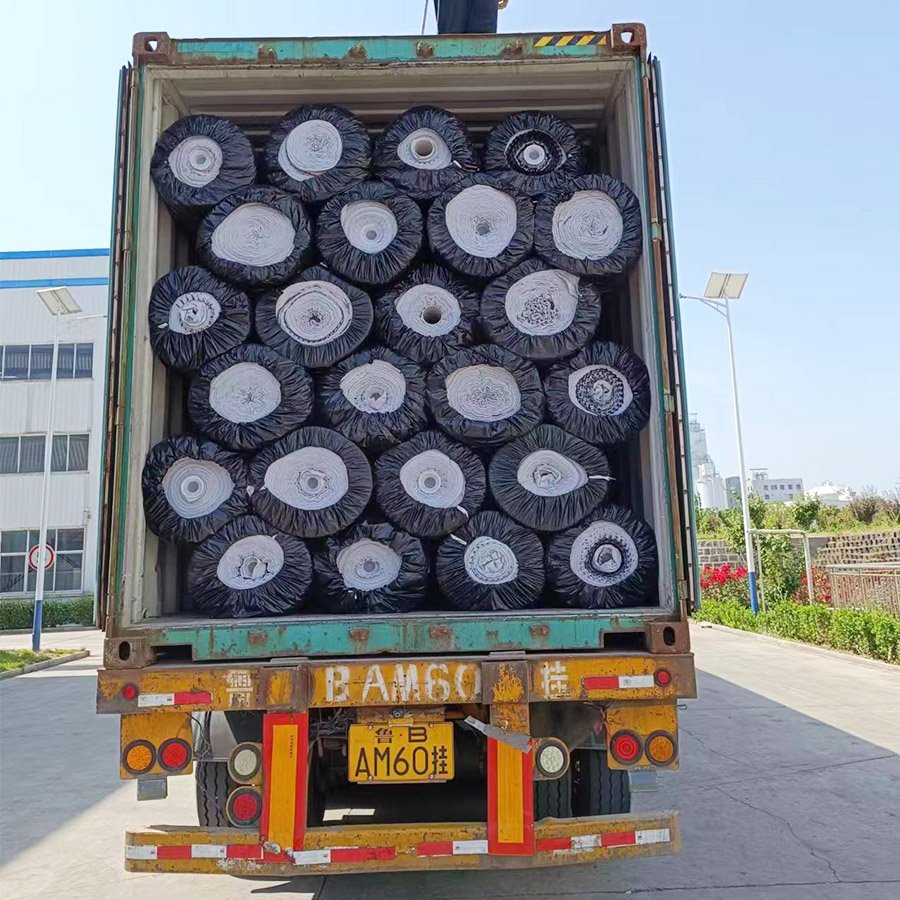
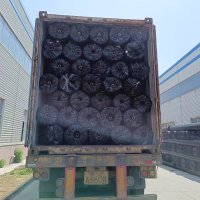
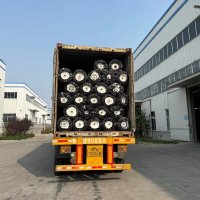
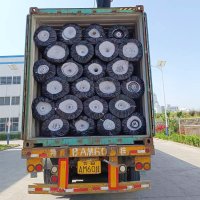
Composite Fiberglass Geogrid is a composite georeinforced material that combines high-strength fiberglass mesh with geotextile or asphalt reinforcement materials (such as geomembranes, nonwoven fabrics). It has excellent tensile strength, high temperature resistance, fatigue resistance and bonding properties, and is widely used in structural reinforcement and life extension treatment in infrastructure projects such as roads, airport runways, embankments and railways.
Fiberglass geogrid composite geotextile technological standard | |||||||||||||||||||
specification | CFG | CFG | CFG60×60 | CFG | CFG | CFG 120 | CFG 150 | CFG 200 | CFG 300 | ||||||||||
Fiberglass geogrid properties (GB/T 21825-2008) | |||||||||||||||||||
Mesh center distance(mm) | MD | 12.7±3.8 25.4±3.8 50.8±3.8 | |||||||||||||||||
TD | 12.7±3.8 25.4±3.8 50.8±3.8 | ||||||||||||||||||
breaking strength(kn/m) | MD | 30 | 50 | 60 | 80 | 100 | 120 | 150 | 200 | 300 | |||||||||
TD | 30 | 50 | 60 | 80 | 100 | 120 | 150 | 200 | 300 | ||||||||||
Breaking Elongation(%) | MD | 4 | 4 | 4 | 4 | 4 | 4 | 4 | 4 | 4 | |||||||||
TD | 4 | 4 | 4 | 4 | 4 | 4 | 4 | 4 | 4 | ||||||||||
Normal composite Geotextile properties (GB/T17638-1998) | |||||||||||||||||||
Unit weight(g/m2) | 100 | 150 | 200 | 250 | 300 | 350 | 400 | 450 | 500 | ||||||||||
breaking strength (kn/m) | 2.5 | 4.5 | 6.5 | 8 | 9.5 | 11 | 12.5 | 14 | 16 | ||||||||||
CBR mullen burst strength | 0.3 | 0.6 | 0.9 | 1.2 | 1.5 | 1.8 | 2.1 | 2.4 | 2.7 | ||||||||||
Tear strength | 0.08 | 0.12 | 0.16 | 0.2 | 0.24 | 0.28 | 0.33 | 0.38 | 0.42 | ||||||||||
width(m) | 1m- 6m | 1m- 6m | 1m- 6m | 1m- 6m | 1m- 6m | 1m- 6m | 1m- 6m | 1m- 6m | 1m- 6m | ||||||||||
Features:
Extremely high longitudinal and transverse tensile strength; up to ≥ 50~200kN/m, effectively suppressing road surface reflective cracks and structural deformation.
Excellent thermal stability; glass fiber itself is not easy to melt and can withstand high temperatures to above 260℃, suitable for asphalt paving conditions.
Good adhesion; after special coating treatment, it forms a good interface with asphalt or base material to improve overall stability.
Composite reinforcement function; backing material can provide additional anti-seepage, isolation or filtration and drainage functions to form an integrated structural system.
Corrosion-resistant and anti-aging; suitable for complex engineering conditions such as acid and alkali soil, water vapor environment, and its lifespan can reach more than 30 years.
Application areas:
Asphalt road structure enhancement; inhibit the reflection cracks on asphalt pavement to extend the service life of the road
Repair and reinforcement of old pavement; renovation and laying of pavement to improve the overall bearing capacity of the structural layer
Highway/airport runway/bridge deck paving layer; withstand frequent heavy load impacts to avoid structural layer displacement and damage
Water conservancy dam body and embankment project; plays a role in soil reinforcement and anti-shrinkage
Railway subgrade bed reinforcement; prevent settlement and structural sinking, and improve operational safety
Customized service:
Size customization: grids of different widths and mesh sizes can be provided according to requirements.
Material selection: glass fiber, polyester, plastic and other materials are available.
Reinforcement type: geotextile, non-woven fabric and other materials can be compounded to improve engineering adaptability.
Brand customization: OEM production is supported, and logo and packaging can be customized.
Special treatment: anti-UV, anti-aging, waterproof and other treatments can be performed to extend service life.
Production scenario:
Automated production line: high-precision equipment production to ensure stable product performance.
Quality inspection: each batch of products undergoes rigorous testing of tensile strength, durability, etc.
Environmentally friendly manufacturing: environmentally friendly materials are used to meet international sustainable development standards.
Shipping scenario:
Fast delivery: national and international logistics distribution to ensure on-time delivery.
Professional packaging: coil packaging is used, which is moisture-proof and dust-proof, suitable for long-distance transportation.
International export support: supports sea, air and land transportation, and can be exported to all parts of the world.




Certification:
ISO 9001 Quality Management System Certification
CE Certification EU Market Compliance Certification
SGS Test Report Quality and Performance Test Certification
ASTM Standards Comply with the standards of the American Society for Testing and Materials
Environmental Testing Report Comply with environmental requirements




FAQ:
Q1: What are the main materials of composite geogrids?
A1: Optional glass fiber, polyester fiber or plastic geogrids, and can be composited with non-woven fabrics, geotextiles and other materials.
Q2: How to choose a suitable composite geogrid?
A2: Select the appropriate tensile strength, composite material type (such as geotextiles, non-woven fabrics) and environmental adaptability according to engineering requirements.
Q3: What is the product life?
A3: Generally up to 50 years or more, the specific life is affected by the environment and material properties.
Q4: Can you provide samples?
A4: Free samples can be provided, and the shipping cost is borne by the customer.
Q5: What environments are composite geogrids suitable for?
A5: Suitable for a variety of extreme environments such as humidity, acidic and alkaline soils, cold or high temperatures.
 PET Staple Nonwoven Geotextile
PET Staple Nonwoven Geotextile
PET Staple nonwoven geotextile is a non-woven fabric made of polyester (PET) by needle punching. It inherits the excellent properties of polyester materials, and has the advantages of high strength, corrosion resistance, anti-aging, good water permeability, etc. It is widely used in civil engineering, water conservancy engineering, environmental engineering and other fields.
 PET Filament Nonwoven Geotextile
PET Filament Nonwoven Geotextile
PET filament nonwoven geotextile is a non-woven fabric made of polyester (PET) through spunbond process. It uses continuous filament fibers, has the characteristics of high strength, good creep resistance, excellent durability, etc., and is widely used in various civil engineering, water conservancy engineering, environmental engineering and other fields.Common specifications: 100GSM - 800GSM
 PP Filament Nonwoven Geotextile
PP Filament Nonwoven Geotextile
PP filament nonwoven geotextile is a non-woven fabric material made of polypropylene (PP) through spunbond process. It uses continuous filament fibers, has the characteristics of high strength, good creep resistance, excellent durability, etc., and is widely used in various civil engineering, water conservancy engineering, environmental engineering and other fields.
 HDPE Geocell
HDPE Geocell
HDPE geocell is a three-dimensional mesh structure material made of high-density polyethylene (HDPE) sheets through ultrasonic welding. It has the advantages of high strength, corrosion resistance, anti-aging, light weight, and convenient construction. It is widely used in civil engineering, water conservancy engineering, environmental engineering and other fields.
 New type of reinforced professional HDPE geocell
New type of reinforced professional HDPE geocell
Geocell is a three-dimensional cellular geosynthetics material, usually made of high-density polyethylene (HDPE), connected into a mesh structure by ultrasonic welding, stretched on site to form a spatial grid, and used to form a structurally stable reinforcement layer after filling.
 Slope reinforcement geocell
Slope reinforcement geocell
Geocell is a three-dimensional cellular geosynthetics material, usually made of high-density polyethylene (HDPE), connected into a mesh structure by ultrasonic welding, stretched on site to form a spatial grid, and used to form a structurally stable reinforcement layer after filling.
 Road HDPE Geocell
Road HDPE Geocell
Engineering designs such as road reinforcement, roadbed stabilization, and slope protection can significantly improve the road's bearing capacity, rutting resistance, and durability, and are widely used in high-grade highways, rural roads, temporary roads, soft foundation treatment, and military passages.
 Water conservancy project anti-seepage 0.5/0.75mm geomembrane manufacturer
Water conservancy project anti-seepage 0.5/0.75mm geomembrane manufacturer
High-density polyethylene (HDPE) geomembrane has gradually become the mainstream anti-seepage material due to its excellent anti-seepage performance, chemical stability and weather resistance. It has specifications of 0.5mm and 0.75mm thickness and is more widely used in small and medium-sized water conservancy projects and agricultural irrigation systems.


